Planting Bulbs: How Long For Bulbs To Grow
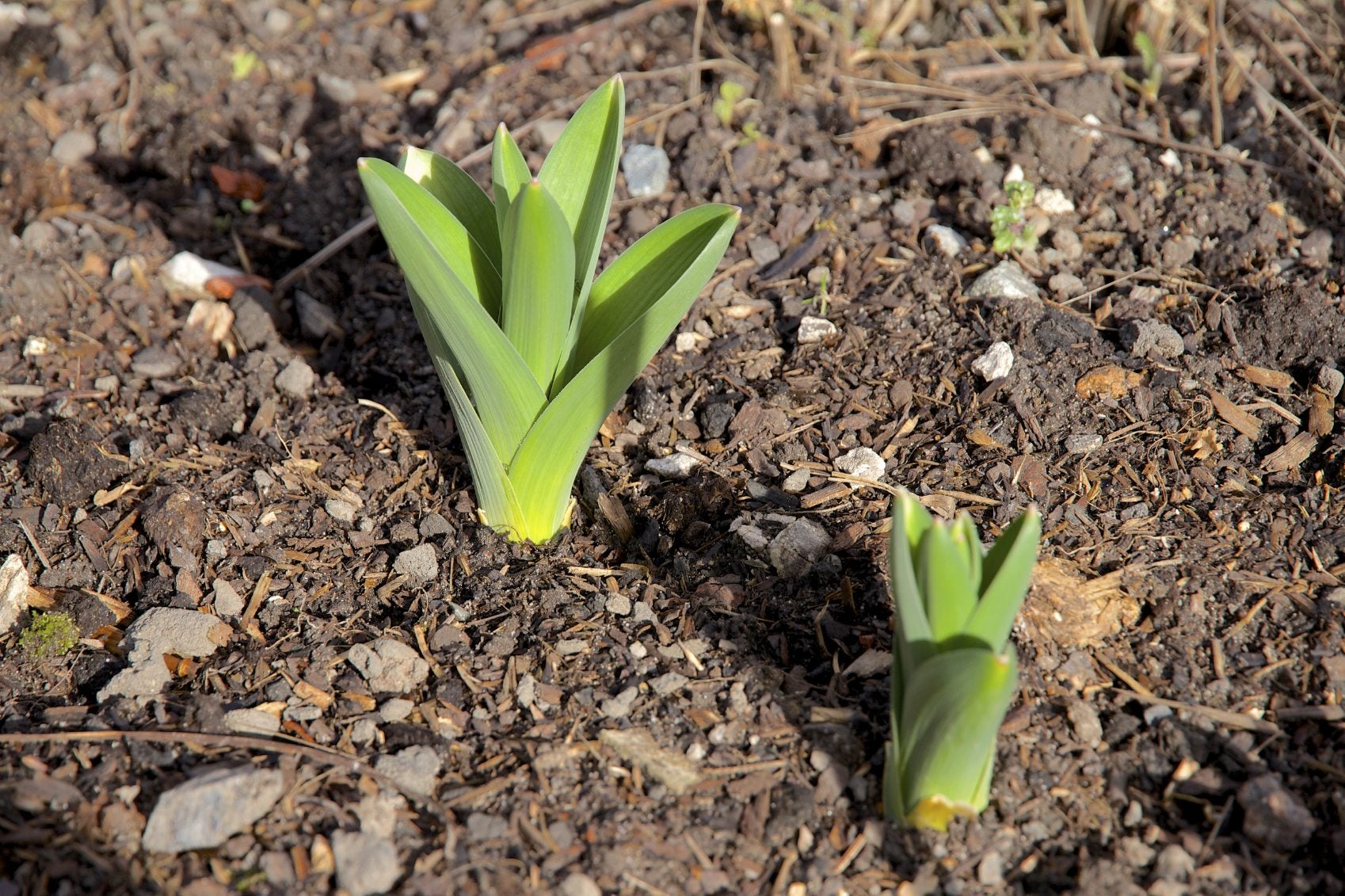

Bulb flowers are a springtime joy. These forms of plants require a little pre-planning for the best displays and most blooms. Novice gardeners may wonder how long for bulbs to grow. This depends upon their pre-chilling requirements and your zone. Bulbs purchased at a nursery will usually have a guide on when to plant them and some information on planting bulbs. Find out if you have purchased summer or spring-blooming bulbs. This gives us a cue on when to plant, thus when they sprout.
How Long Does it Take for Bulbs to Sprout?
Answering the question, “how long does it take for flower bulbs to grow?” may take a little explaining. Spring bulbs grow and bloom when warm temperatures arrive. They only form flowers if they have had the proper chilling period to break dormancy. In most of the country, October is the best time to plant spring bulb flowers. This allows the bulb a chilling period of 12 to 15 weeks, which is necessary for spring bulbs to sprout. Spring bulb flowers need to experience temperatures of 35 to 45 degrees Fahrenheit (1-7 C.) for up to 15 weeks. The time for bloom after chilling varies by species.
- Tulips need 10 to 16 weeks of chilling and will sprout one to three weeks after the required period.
- Crocus, grape hyacinth, and daffodils have similar spouting times, but crocus and grape hyacinth need 8 to 15 weeks of chilling and daffodils 12 to 15 weeks.
- Snowdrops can begin blooming two weeks after chilling and need 15 full weeks of cold temperatures.
- Iris and hyacinths need 13 to 15 weeks of chill period and will also sprout one to two weeks after the requirement is fulfilled.
Lazy gardeners never have to fear if they didn’t plant their spring bulb flowers in the fall. You can purchase bulbs in spring which have been pre-chilled, or you can chill your bulbs through winter yourself in your vegetable crisper. Allow for the appropriate number of weeks and keep bulbs away from ripening fruit like apples and tomatoes. You can use these methods to bring bulbs indoors for an earlier bloom.
- Plant bulbs in a pot that is twice as deep as the bulb in a soilless mixture. Soilless mixes help prevent rot, which is a common problem in container bulbs.
- Try planting bulbs without soil on a 2 to 3 inch (5-8 cm.) layer of glass beads or rocks. Add just enough water to reach the very bottom of the bulb.
Once proper chilling periods are fulfilled, you should see the bulb sprouting in just a few weeks.
How Long Does it Take for Flower Bulbs to Grow and Bloom?
The actual time to flowering will depend on several factors including adequate water, lighting, soil type, and heat. On average, spring bulbs will start to flower very quickly after their chilling period has been met and warm temperatures remove dormancy. Flowers usually form two to three weeks after the chill period is over, which is a week or so after they sprout. The process is quite speedy but, fortunately, most spring bloomers are long lasting and produce a color show for a week or more. Some bulbs require no chill period such as paperwhite, amaryllis, and freesia. These are ideal for the gardener who forgot to plant their spring display and can grow easily indoors or outside once all danger of frost has passed.
Gardening tips, videos, info and more delivered right to your inbox!
Sign up for the Gardening Know How newsletter today and receive a free copy of our e-book "How to Grow Delicious Tomatoes".

Bonnie Grant is a professional landscaper with a Certification in Urban Gardening. She has been gardening and writing for 15 years. A former professional chef, she has a passion for edible landscaping.
-
 4 Superfast Composting Methods: Turn Waste Into Garden Gold In 30 Days Or Less
4 Superfast Composting Methods: Turn Waste Into Garden Gold In 30 Days Or LessTry the fastest composting methods to turbocharge your pile and transform kitchen scraps and garden waste into finished compost in just a few weeks.
By Mary Ellen Ellis
-
 Best Spider Plant Soil – Complete Soil Guide And Expert Tips For Keeping Plants Happy
Best Spider Plant Soil – Complete Soil Guide And Expert Tips For Keeping Plants HappySpider plants are fun and easy plants to grow, but what is the best soil for a spider plant? Selecting the right soil is important so they can thrive.
By Bonnie L. Grant
-
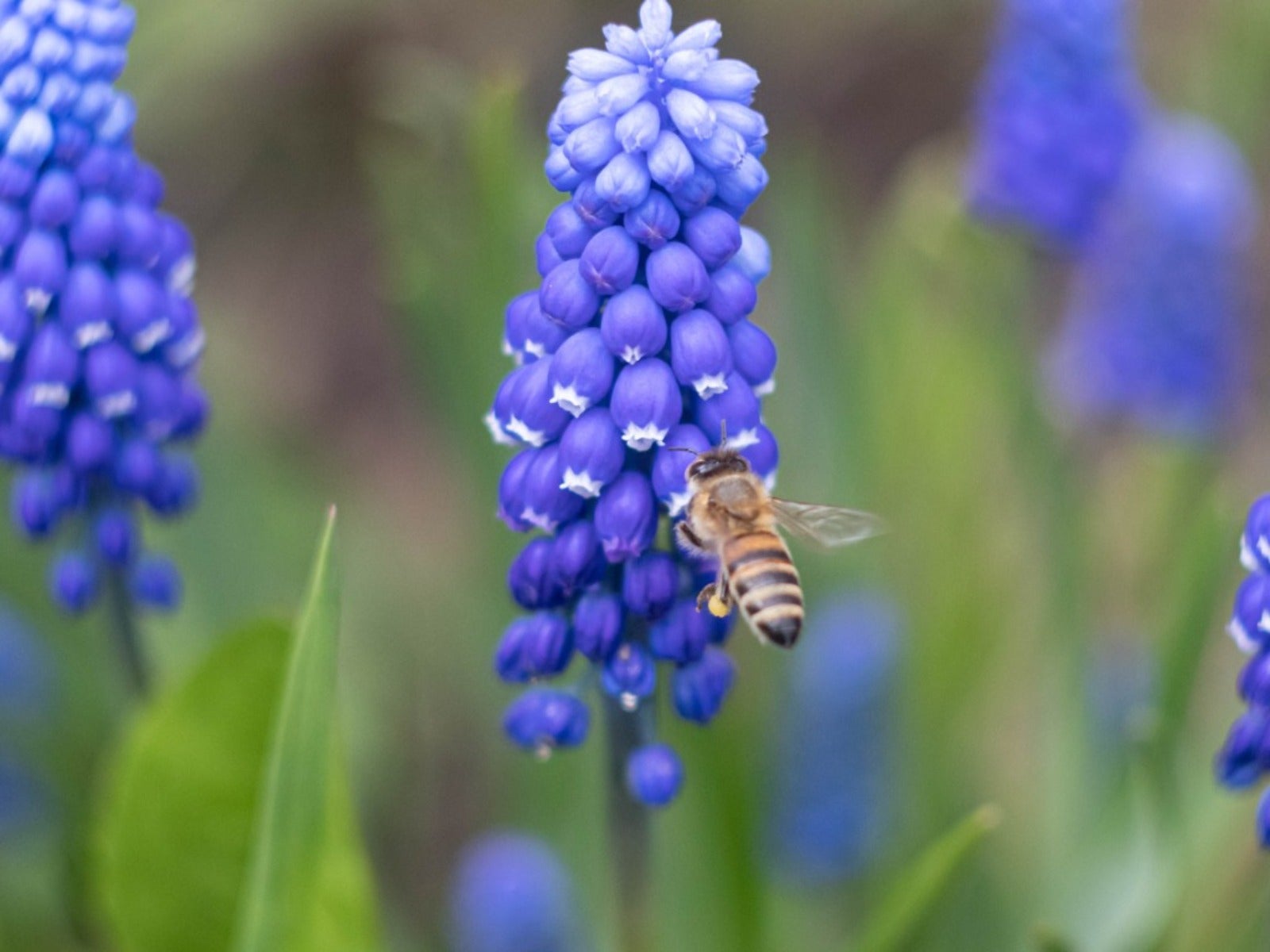 Pretty Spring Bulbs For Pollinators
Pretty Spring Bulbs For PollinatorsWhat are the best flowering bulbs for pollinators in spring? Click here to find out.
By Mary Ellen Ellis
-
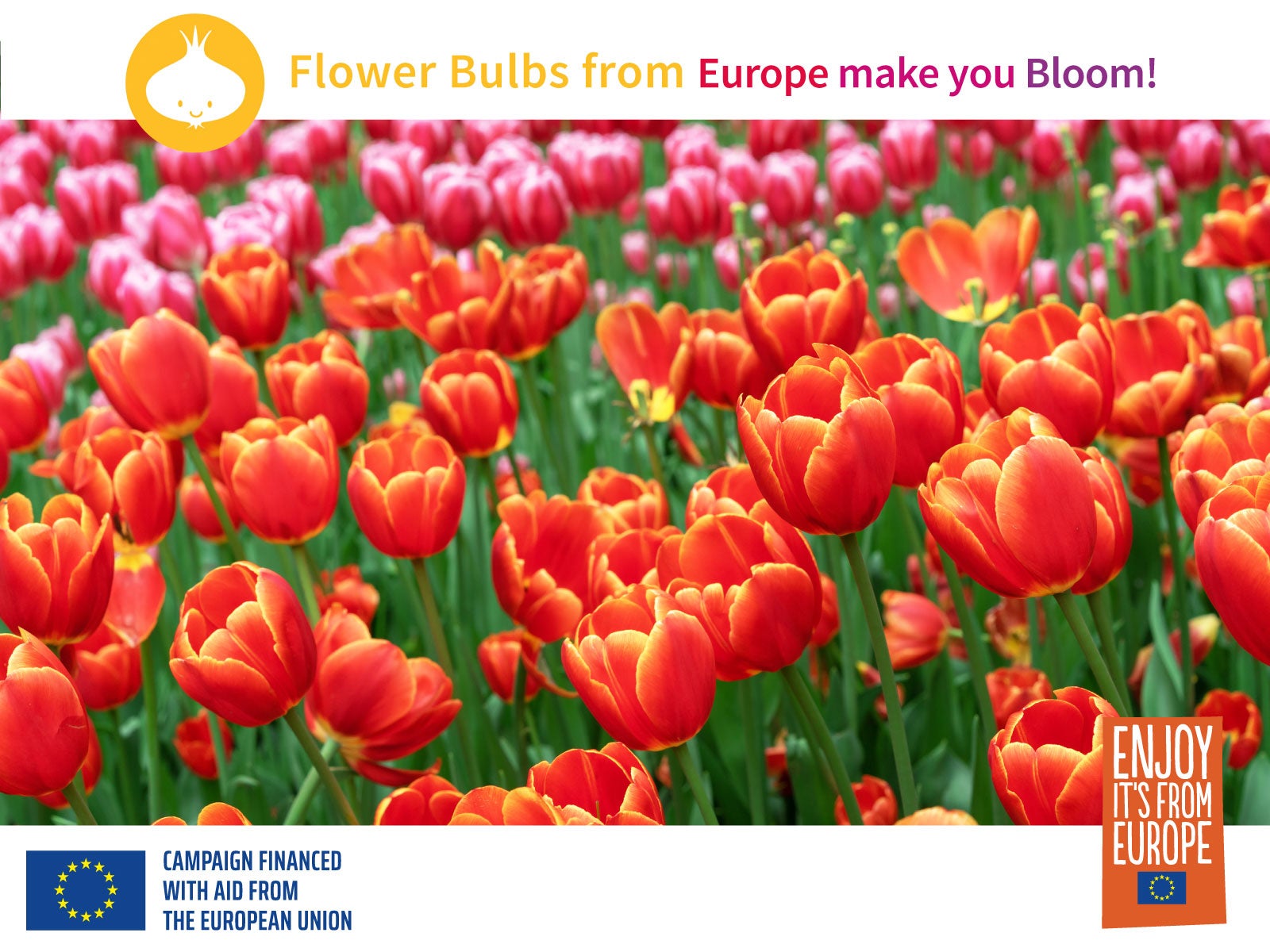 Grow An Early Spring Flowering Bulb Lawn
Grow An Early Spring Flowering Bulb LawnWant a lawn that nourishes pollinators, never needs weeding, and grows more beautiful every year? We have the lawn for you. Click for more.
By Caroline Bloomfield
-
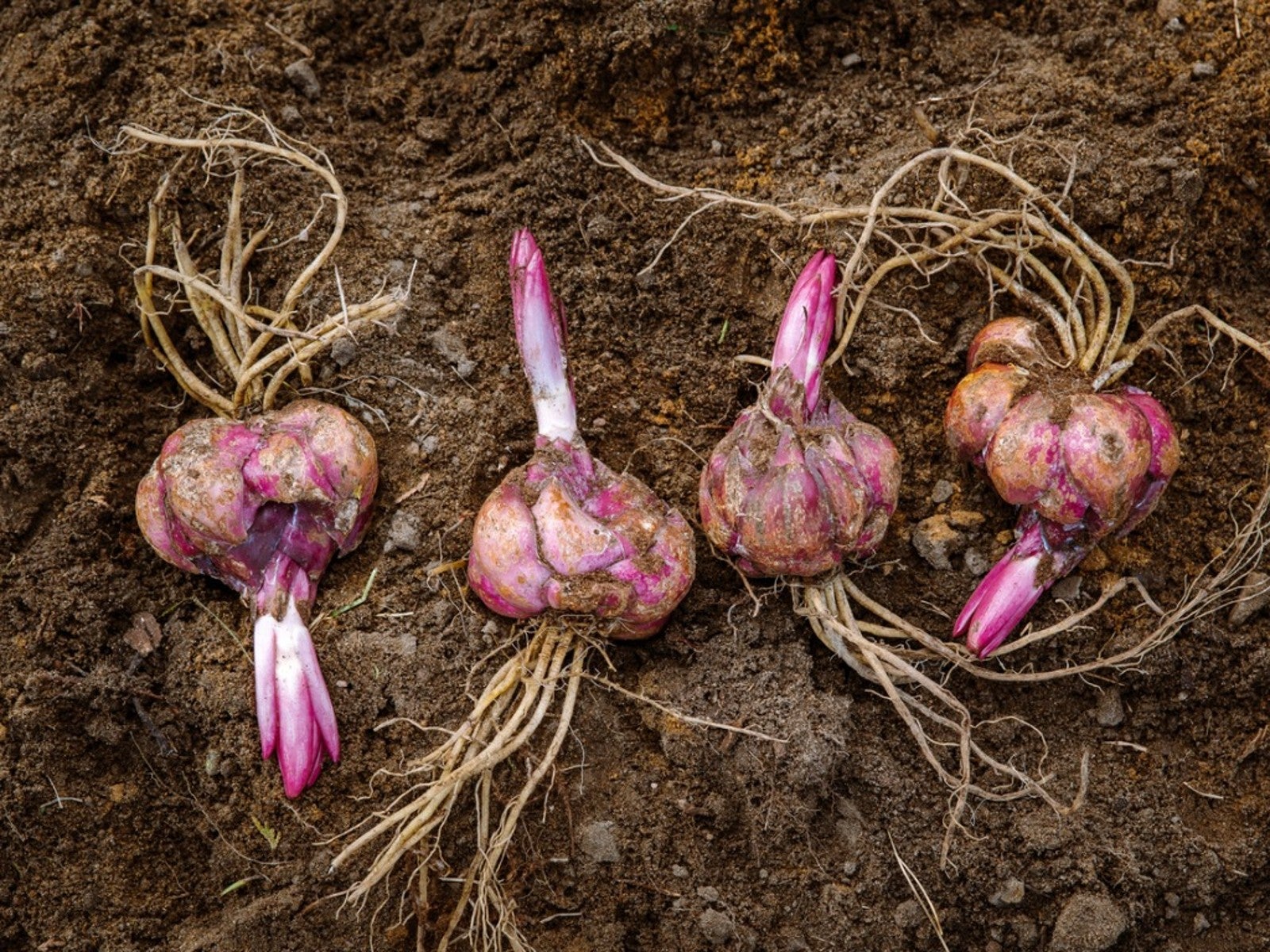 When To Dig Up Bulbs That Bloom In Summer
When To Dig Up Bulbs That Bloom In SummerClick here to learn when to dig up faded summer bulbs of some of the most common ornamentals grown.
By Tonya Barnett
-
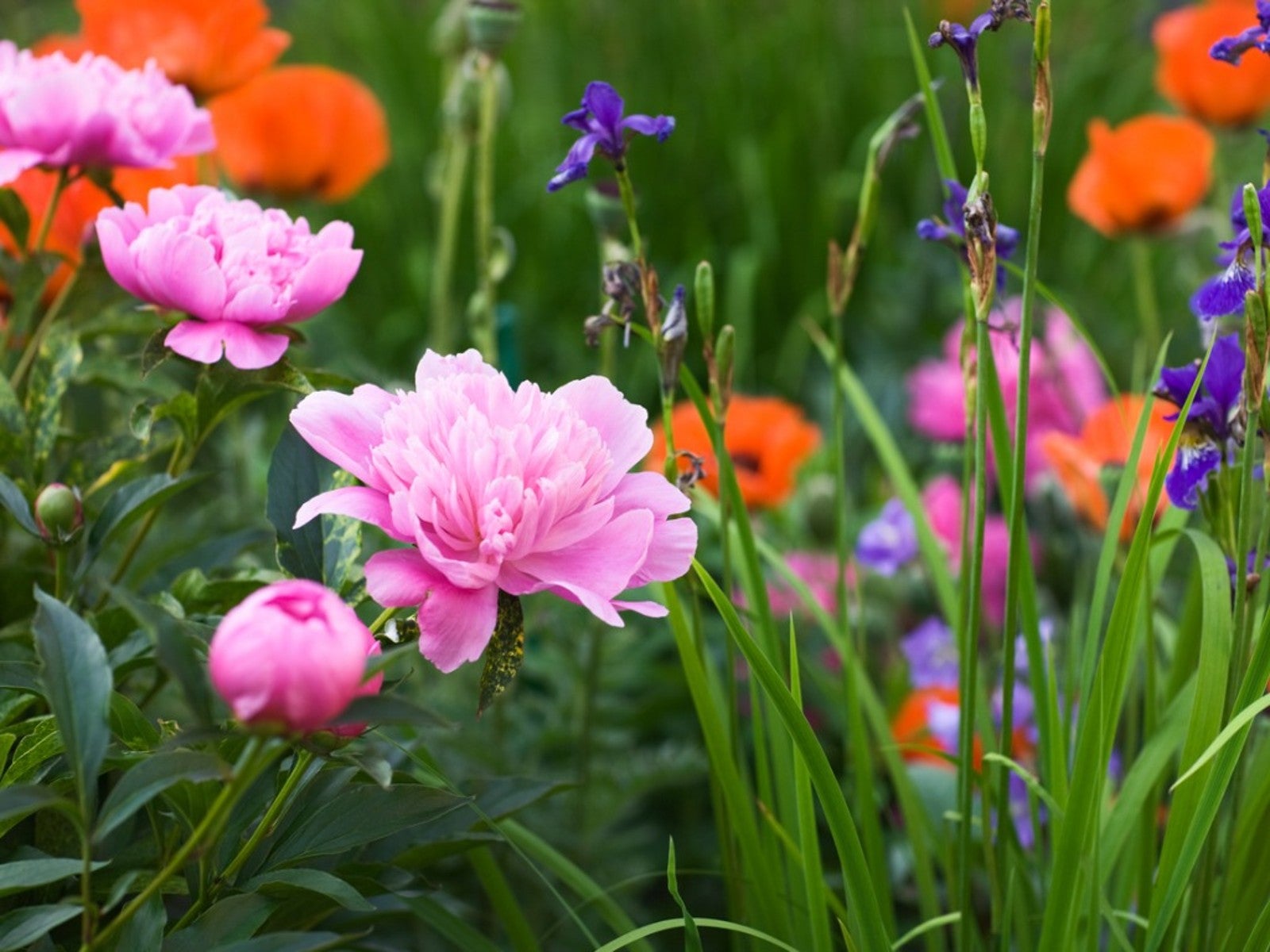 Corms, Tubers, And Bulbs That Are Deer Resistant
Corms, Tubers, And Bulbs That Are Deer ResistantWe love tulips, and so do deer! If you have hungry deer and you hunger for spring blooms, this article should help.
By Amy Grant
-
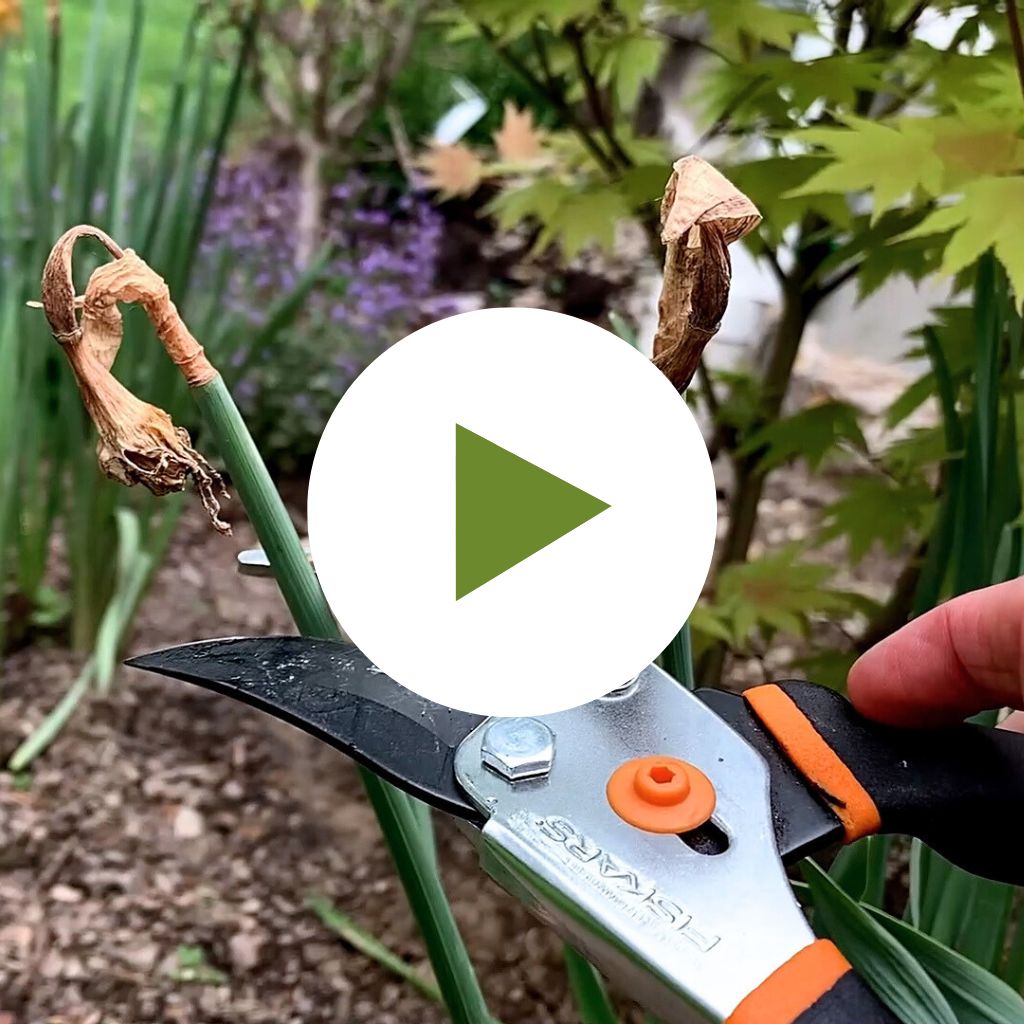 Care for Bulbs After Blooming
Care for Bulbs After BloomingIt's tempting to chop down the leaves after you bulbs have bloomed, but you have to resist this urge! Click to learn why.
By Amy Draiss
-
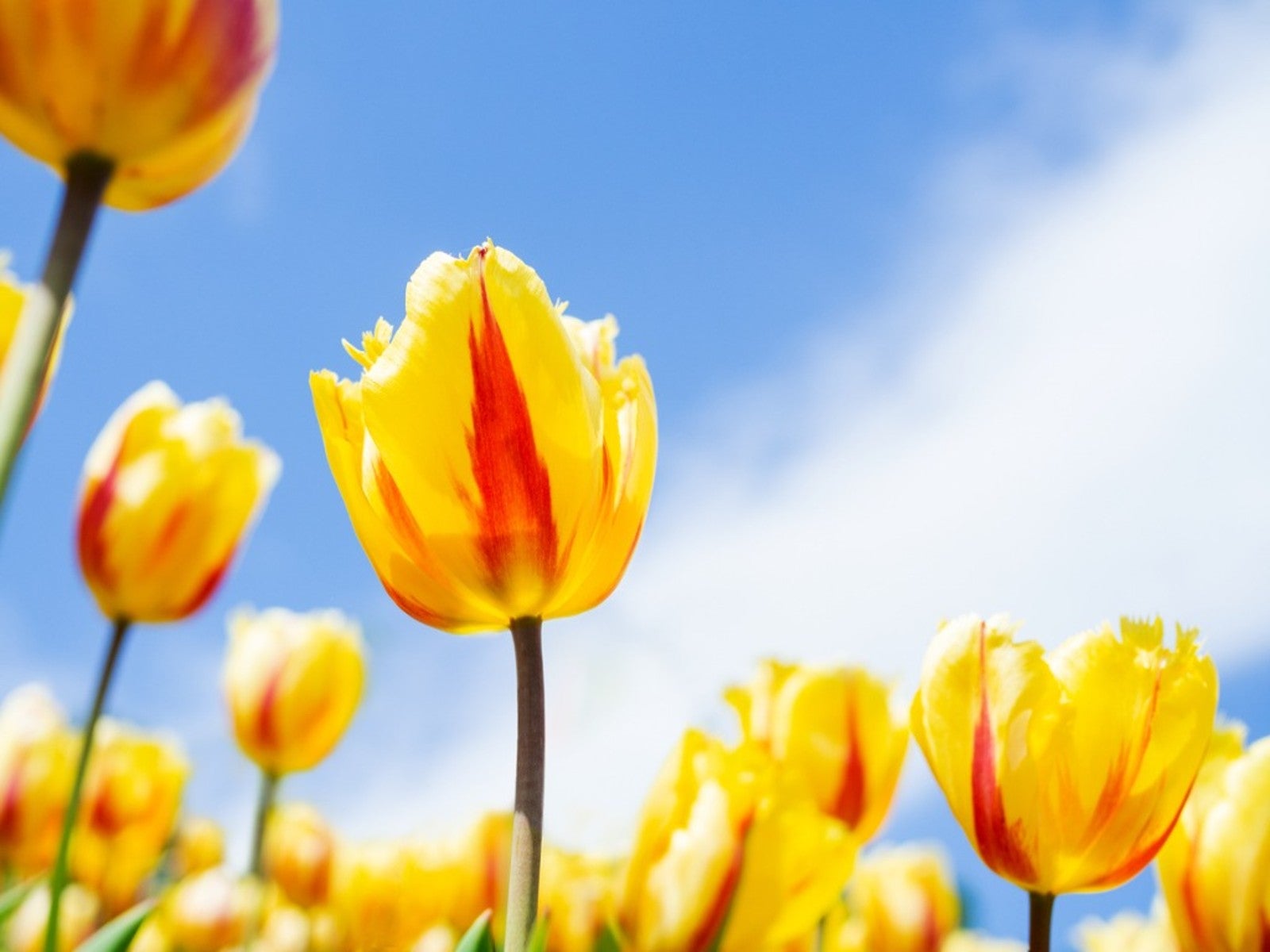 Best Spring Bulbs for Sun and Shade: Bulbs That Grow in Shade and Full Sun
Best Spring Bulbs for Sun and Shade: Bulbs That Grow in Shade and Full SunBulbs are beautiful harbingers of spring. Most flower bulbs thrive in full sun, but what if you have a shaded landscape? Read on for more.
By Amy Grant
-
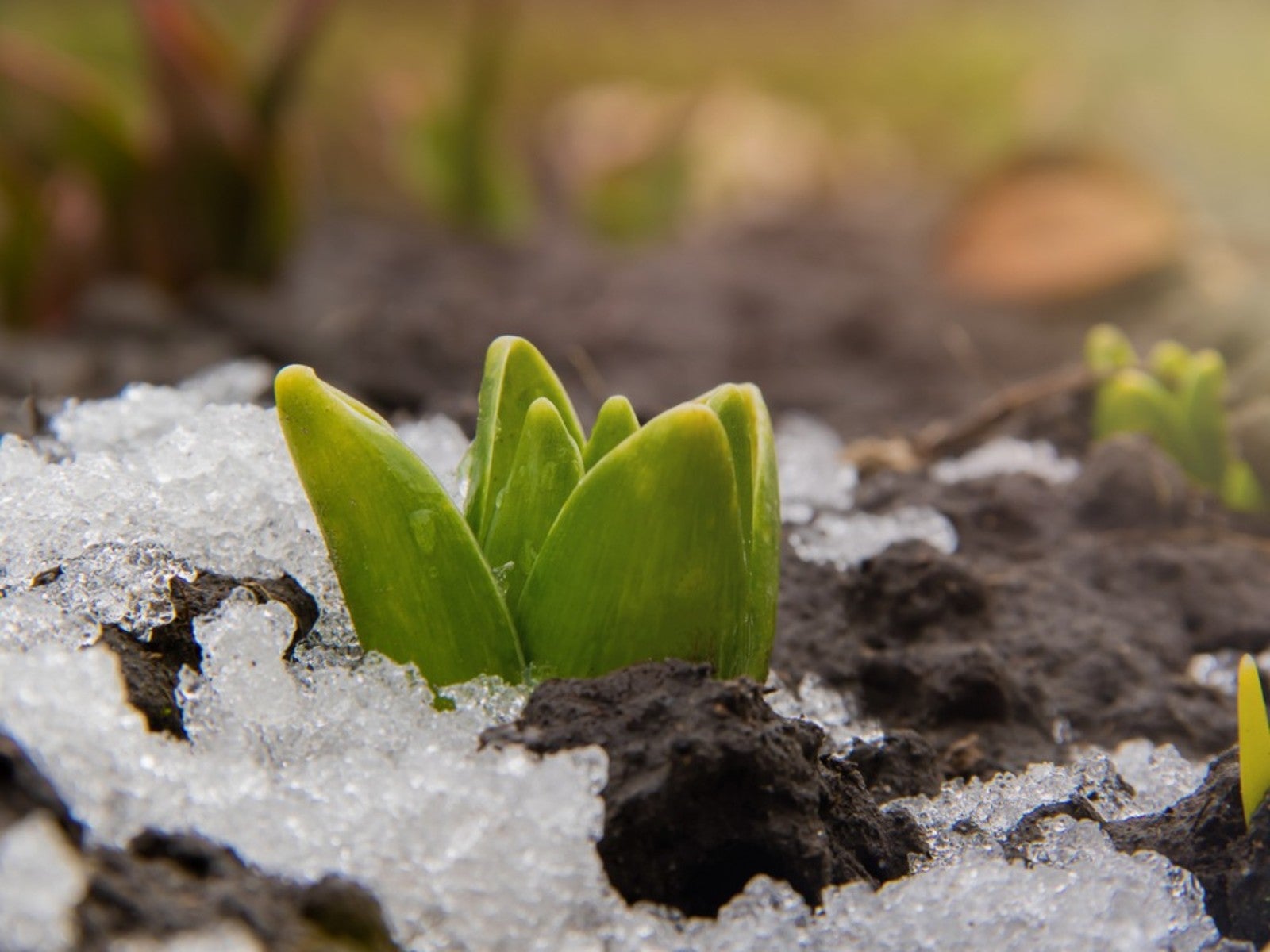 Bulb Life Cycle In Winter: What Bulbs Do For Months Under The Snow
Bulb Life Cycle In Winter: What Bulbs Do For Months Under The SnowDormancy in winter doesn't mean nothing is happening with bulbs. It just means you don't see any growth above the ground. Read on for more.
By Bonnie L. Grant
-
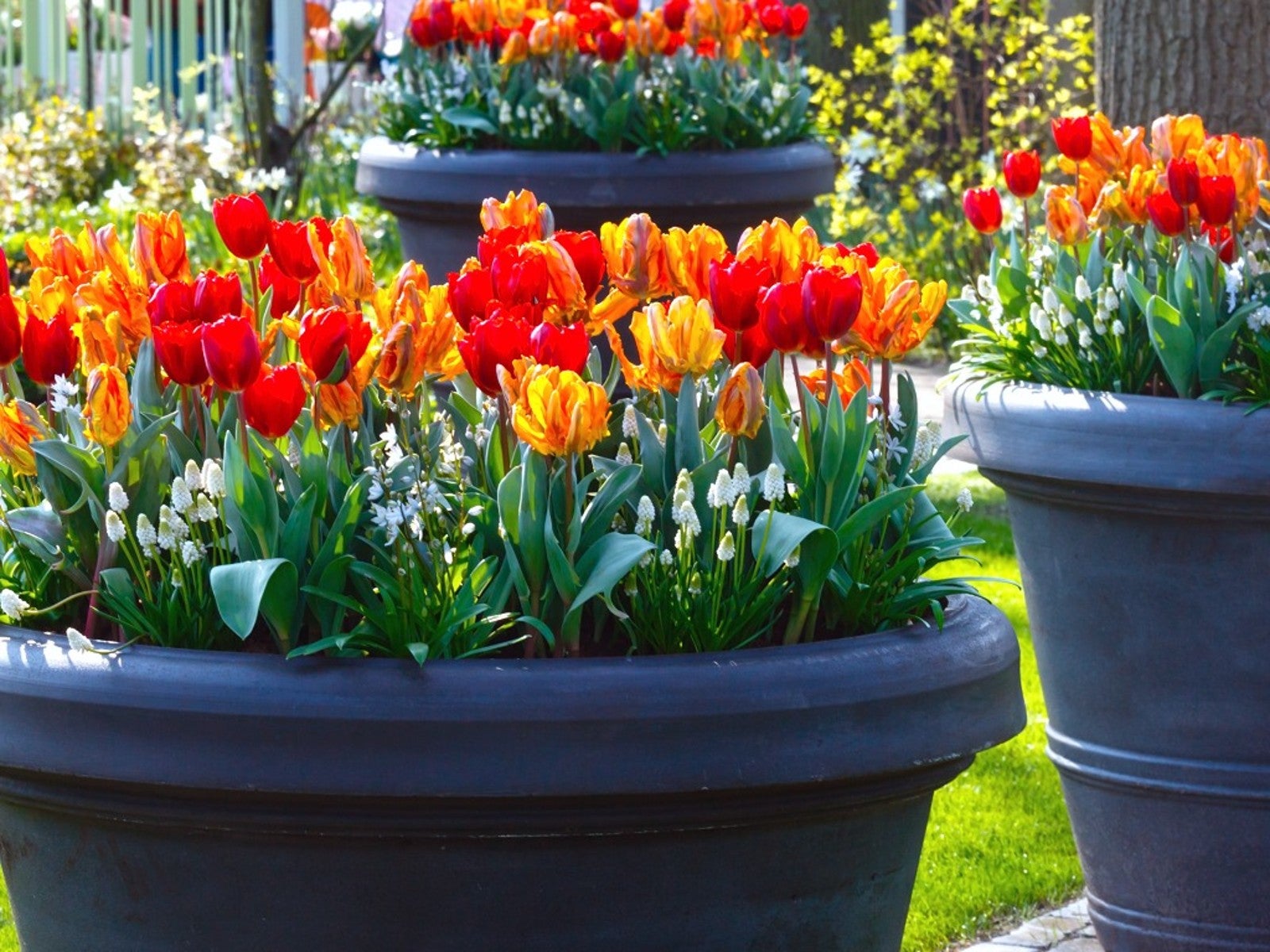 How To Plant Bulbs In Pots - Lasagna Style
How To Plant Bulbs In Pots - Lasagna StylePlanting bulbs in containers is an easy way to create a gorgeous spring porch arrangement, especially when you use the lasagna method.
By Laura Walters